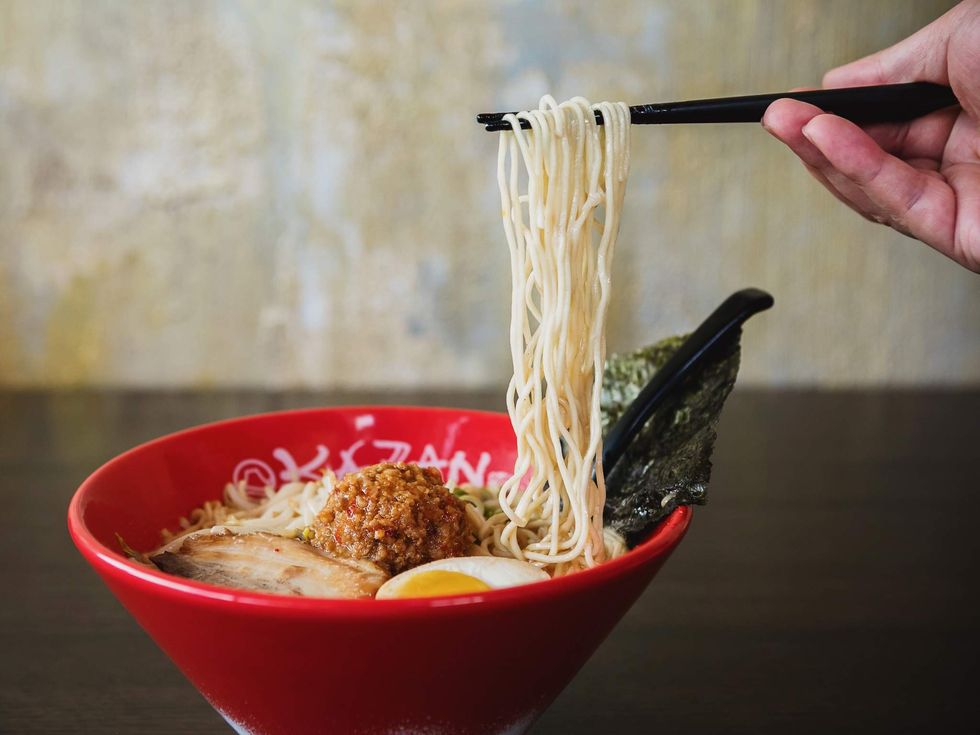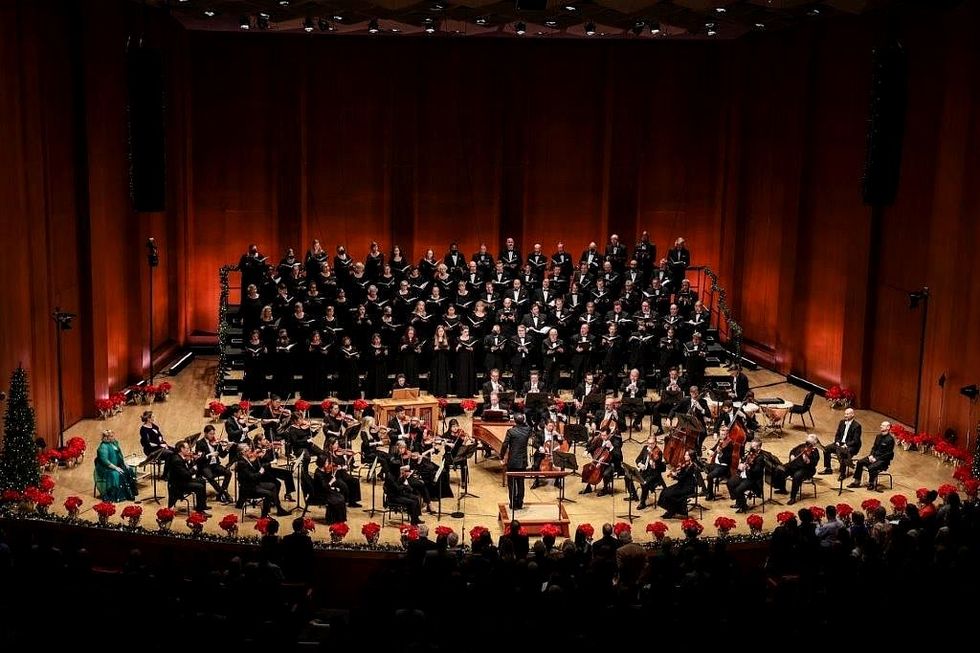No one buys, no one can look away
The economics of art: George Gittoes bears Witness to a cultural dilemma intelling horrific truths
 "In "Witness to War" you feel you've entered the inner landscape of a great mindwho has witnessed too much. But what he's seen must be shared."Photo via Stadium Museum Houston/Facebook
"In "Witness to War" you feel you've entered the inner landscape of a great mindwho has witnessed too much. But what he's seen must be shared."Photo via Stadium Museum Houston/Facebook George GittoesPhoto by Dallas Kilponen
George GittoesPhoto by Dallas Kilponen "Witness to War"Photo via Stadium Museum Houston/Facebook
"Witness to War"Photo via Stadium Museum Houston/Facebook "Witness to War"Photo via Stadium Museum Houston/Facebook
"Witness to War"Photo via Stadium Museum Houston/Facebook Photo via Stadium Museum Houston/Facebook
Photo via Stadium Museum Houston/Facebook "Witness to War: George Gittoes"Photo via Stadium Museum Houston/Facebook
"Witness to War: George Gittoes"Photo via Stadium Museum Houston/Facebook
We often say art is priceless. Some art, at least.
And yet we also know that art and economics constantly collide. The Houston Arts Alliance, for instance generously supports individuals and organizations with funds from a hotel tax. In evaluating applicants, the HAA tries to assess the impact of grants on local tourism. And in these wobbly financial times, some worry about efforts to defund the National Endowment for the Arts while others assess the contribution of the arts to the larger economy so as to argue for their importance and relevance.
Perhaps now, more than ever, we look to the almighty dollar for validation of the arts. But we still also cherish the belief that art is beyond money. This contradiction is quickly apparent when we consider the art market. Rumors that a painting from Cezanne's 1902 series "The Card Players" sold for $259 million surfaced earlier this year.
Perhaps now, more than ever, we look to the almighty dollar for validation of the arts. But we still also cherish the belief that art is beyond money.
Titian's magnificent Diana and Actaeon, recently on view at the Museum of Fine Arts Houston, didn't even break the top 10 list of record art sales when the National Galleries of Scotland and the National Gallery, London agreed to buy the painting, in 2009, from the Duke of Sutherland for £50 million (just over $70 million). They're currently raising funds to buy Titian's accompanying work, Diana and Callisto, for another £50 million.
What about art that doesn't sell? Sure, there's the art that might never sell. Take the genre of "cafe art."
I've been generally impressed with what makes it on the walls of Houston-area coffee shops and wine bars, relative to other cities. I was wowed by Katya Horner's photography on display at Beans after a Public Poetry reading at the Kendall Neighborhood Library that I took part in. But while I'm sure some will disagree with me, most work of this genre never will sell and perhaps never should.
But there's another category of art, art is so disturbing that, no matter how much it may be admired, one wonders if it will ever appear at all, no less widely, in homes, galleries, or museums. For many, this may be a dubious goal for artists to aspire to. But display helps guarantee that great art outlives its creator. And no doubt it's also true that some works that once struck viewers this way are now displayed by art collectors and museums all over the world.
These contradictions bring me to the art of George Gittoes, whose work is currently on display in "Witness to War: George Gittoes" at the Station Museum (the run's been extended through Sept. 18). I attended the packed opening of the show in April and witnessed, with everyone else, the profound and disturbing subject his works address: Conflict, violence and terror.
Great artists need an unflinching eye and a fearless willingness to follow where their inspiration takes them. Where major geopolitical conflicts of the last decades have erupted, Gittoes has been: Rwanda, Bosnia, Afghanistan, Iraq. The resulting works range from massive, spectacular oil paintings to diaries full of text and images, a mock DVD store, and Mosque, a reconstruction of a mosque which plays looping video of a blood-stained survivor describing a recent massacre.
There is a surreal, post-traumatic quality to all of the work. Exhaustion is everywhere, even in the vivid colors and the torturous depictions of violence and its aftermath. Still, I find it impossible to look away, and as I look at these works I realize that it is a privilege not to see the horrifying consequences of contemporary politics. Why should anyone have the right to look away from such enormities?
In "Witness to War" you feel you've entered the inner landscape of a great mind who has witnessed too much. But what he's seen must be shared. You might already be in hell, much of the work seems to say, but it does not look away in fatigue or disgust. Though there is no real tenderness in the work, such acts of witness are in truth acts of great compassion. Real compassion rarely leaves behind warm and fuzzy feelings.
I realize that it is a privilege not to see the horrifying consequences of contemporary politics. Why should anyone have the right to look away from such enormities?
This art is neither dogmatic nor politically hectoring, but it has a real mission — a mission of truth. In an era in which the most reality-oriented forms of media seem to do the least truth telling, even including much documentary and most journalism, Gittoes is a much needed antidote.
As you might guess, however, even in the relatively wealthy and friendly arts culture of Houston, people don't seem to be lining up to snap up these works. Gittoes told CultureMap's Theodore Bale just that:
"When I asked about his relationship with dealers and collectors, he replied matter of factly, 'Nobody buys my work. Everyone says how much they like it, but they never buy it.' "
It's not that Gittoes or nearly anyone else takes up a vocation in the arts to get rich. And I would guess that anything Gittoes makes as an artist funds his lifelong act of witness. I would also guess that the Station Museum, an institution committed to politically and socially engaged art, isn't exactly flush relative to other museums and galleries in Houston or elsewhere.
Still, there's something to be learned at the Station Museum and in the presence of the works of George Gittoes, who literally risks his life in geopolitical living hell, death zones.
What is truly priceless about art is often the discomfort it brings. No matter how disturbing that art can be, we are far richer for being exposed it its truths.





